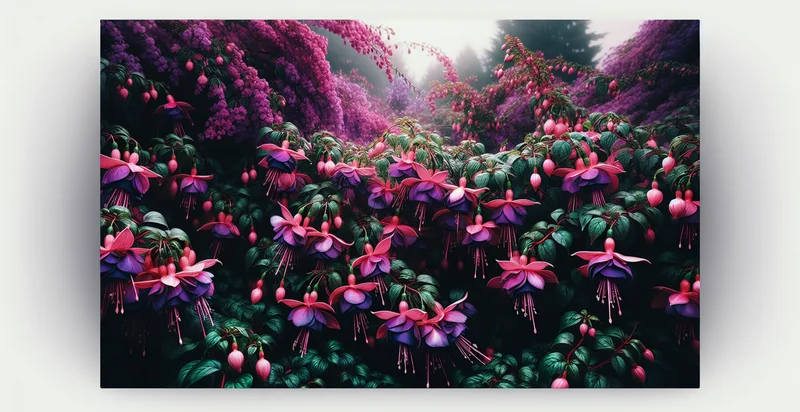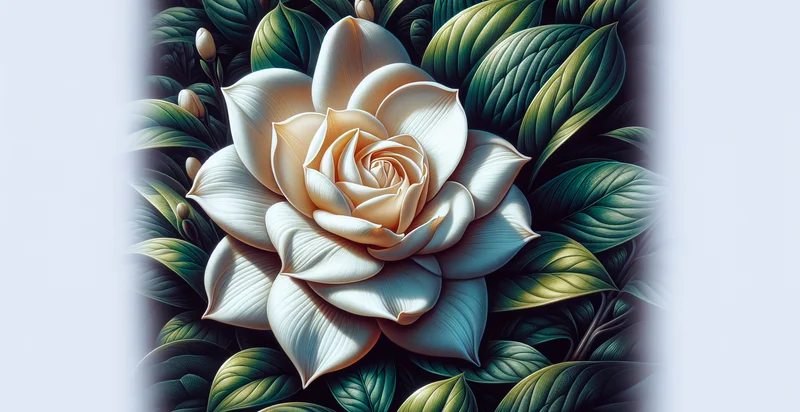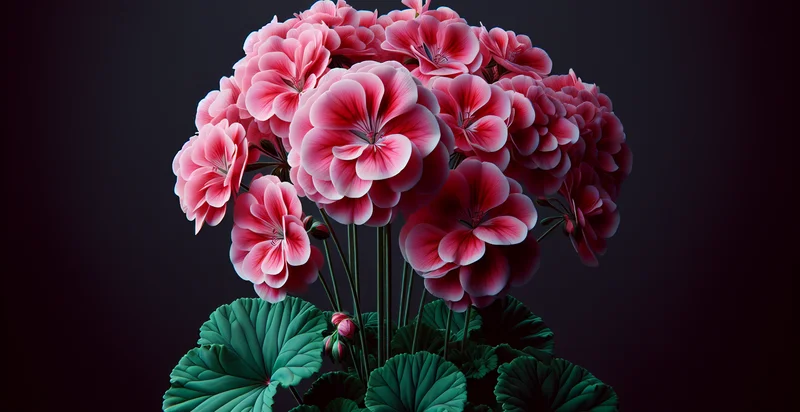Identify is this a fuchsia
using AI
Below is a free classifier to identify is this a fuchsia. Just upload your image, and our AI will predict if it's a fuchsia - in just seconds.

Contact us for API access
Or, use Nyckel to build highly-accurate custom classifiers in just minutes. No PhD required.
Get started
import nyckel
credentials = nyckel.Credentials("YOUR_CLIENT_ID", "YOUR_CLIENT_SECRET")
nyckel.invoke("is-this-a-fuchsia", "your_image_url", credentials)
fetch('https://www.nyckel.com/v1/functions/is-this-a-fuchsia/invoke', {
method: 'POST',
headers: {
'Authorization': 'Bearer ' + 'YOUR_BEARER_TOKEN',
'Content-Type': 'application/json',
},
body: JSON.stringify(
{"data": "your_image_url"}
)
})
.then(response => response.json())
.then(data => console.log(data));
curl -X POST \
-H "Content-Type: application/json" \
-H "Authorization: Bearer YOUR_BEARER_TOKEN" \
-d '{"data": "your_image_url"}' \
https://www.nyckel.com/v1/functions/is-this-a-fuchsia/invoke
How this classifier works
To start, upload your image. Our AI tool will then predict if it's a fuchsia.
This pretrained image model uses a Nyckel-created dataset and has 2 labels, including No Fuchsia and Yes Fuchsia.
We'll also show a confidence score (the higher the number, the more confident the AI model is around if it's a fuchsia).
Whether you're just curious or building is this a fuchsia detection into your application, we hope our classifier proves helpful.
Related Classifiers
Need to identify is this a fuchsia at scale?
Get API or Zapier access to this classifier for free. It's perfect for:
- Plant Identification for Retail: Retail nurseries can utilize the 'is this a fuchsia' identifier to streamline the labeling process of plants. Customers can receive precise information about care and maintenance, enhancing customer satisfaction and reducing returns.
- Gardening Apps: Integrating this function into gardening mobile applications can help hobbyists identify fuchsias easily. Users can take a photo of the plant, and the app will deliver immediate feedback, assisting in plant care decisions and promoting healthy gardening practices.
- Botanical Research: Botanists and researchers can use the identifier to classify fuchsias during field studies. This can facilitate data collection for ecological studies, plant behavior, and interaction with pollinators, promoting a deeper understanding of plant diversity.
- Educational Tools: Schools and educational platforms can use this function in biology or botany classes. Students can learn about plant species and biodiversity through hands-on experiences with plant identification, making lessons more engaging and interactive.
- Landscaping Services: Landscaping companies can benefit from the identifier by ensuring the correct plant species are used in designs and implementations. This can lead to better aesthetic outcomes and healthier gardens, enhancing their service quality and reputation.
- Pest and Disease Management: Horticulturists can use the function to quickly identify fuchsias, which may be prone to specific pests and diseases. Effective identification can lead to timely intervention, helping to protect plants and minimize loss.
- Online Plant Marketplaces: E-commerce platforms focused on plants can implement this identifier to verify listings and improve accuracy. Verified identification helps build trust with customers, reducing returns due to misidentified plants and increasing overall sales.


